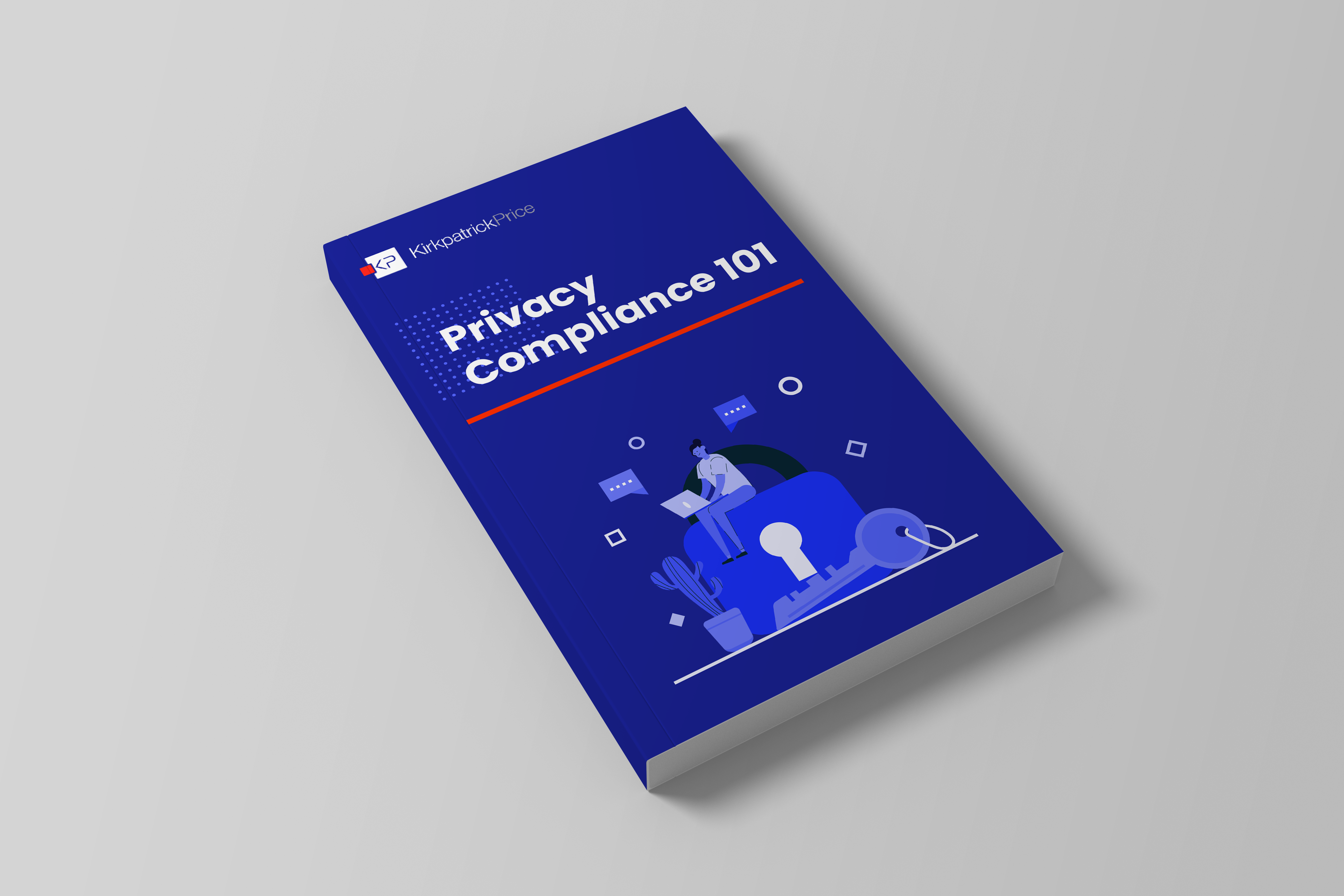
Most Common Privacy Gaps
As more and more governing bodies are implementing data privacy laws, it’s becoming even more important for organizations to mitigate gaps in their systems before they are met with a data breach and hefty fines. We can see the effects laws GDPR and CCPA have had on the privacy and security landscape already. Take it from British Airways’ experience – the airline was fined $228 million for leaking 500,000 customers’ personal data and violating GDPR. That’s just the cost of the fine and not what it cost the organization to respond to and contain the breach. In a day and age where personal data is valuable to malicious individuals, you need to take every measure to protect your data by avoiding common privacy gaps that many organizations get trapped in.
10 Most Common Privacy Gaps to Mitigate
After evaluating several organizations’ responses to security breaches, we noticed a common thread of areas that are susceptible to hackers. These top 10 privacy gaps should be your first line of defense against malicious individuals. To reduce security risks and increase proper privacy procedures, take note of these common privacy gaps:
- Data Mapping: To protect the privacy of secure data, you must know where that secure data is and who has access to it. Data mapping should be a priority in creating proper records of your systems.
- Device Management: Data encryption, anti-malware software, and strong passwords are all important parts of device management that help to increase the security of private information.
- Application Development: Whether it’s secure practices for logging personal data or creating clear terms and conditions, you need to be implementing secure procedures for personal data in the application development stage.
- Breach Notification: When a breach occurs, certain governing bodies must be informed of the breach according to the regulatory standards. Developing a thorough breach notification policy is necessary to mitigate common privacy gaps.
- Privacy Policies: When you gather personal data from any individual, they need to have access to a privacy policy with clear, understandable language that explains their privacy rights. Whether in the form of an online privacy policy statement or a written posting, you need to construct privacy policies that meet regulatory requirements and review them annually.
- Security Testing: In order to respect the privacy rights of your customers, you need to also keep their data secure. Diligent security testing in the form of vulnerability scanning or penetration testing should be conducted annually, or as big organizational changes occur to keep personal data private.
- Employee Training: All employees should be trained to uphold privacy laws and implement proper procedures to protect secure data. Training should occur at least once yearly.
- Documentation: Documenting all handling of PII as it is transferred throughout your organization is an integral part of avoiding common privacy gaps.
- Continuous Monitoring: You can further protect private information by implementing continuous monitoring of your organization’s processes to be notified of risks and gaps that need to be addressed.
- PII Retention and Destruction: To properly handle PII, you must also develop policies to determine how long you retain the data and implement detailed procedures for disposal of the data.
Learning to Adapt and Minimize Privacy Gaps
As privacy laws change and new regulations are enforced, your organization needs to be prepared to adapt to the ever-shifting landscape of information security. Whether that looks like investing in yearly penetration tests or implementing a thorough risk analysis, you need to start minimizing these common privacy gaps if you’re trying to stay on top of any changes in privacy law. Adaptation is key to avoiding hefty fines and loss of personal data. Don’t be another organization that falls victim to a hacker’s malicious intent because you weren’t mitigating known common privacy gaps. Contact KirkpatrickPrice, today, to learn how you can continue protecting your secure data.
More Resources
Best Practices for Data Privacy
